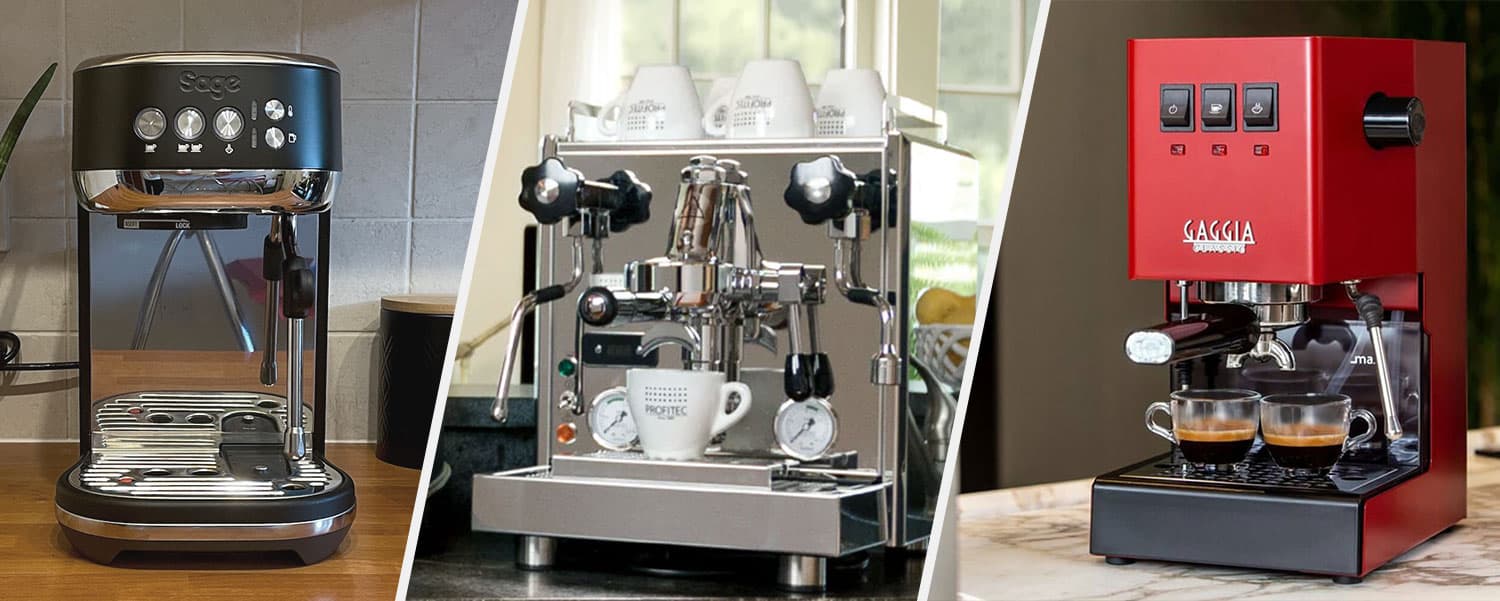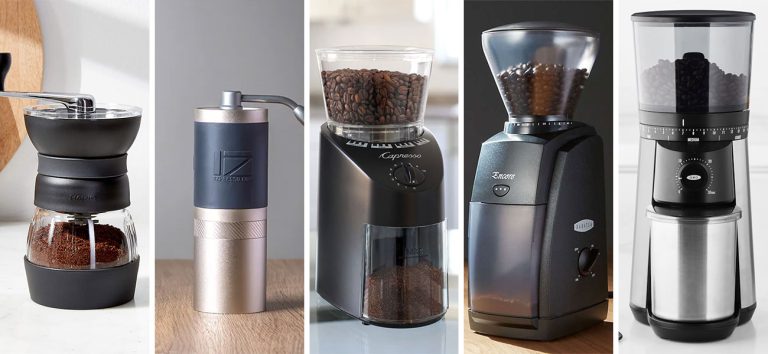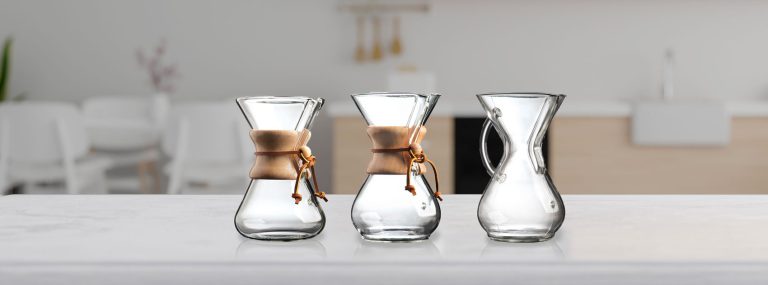How Espresso Machines Work – Discover The Right Type of Brewer for You
In the world of espresso, I believe knowledge is power. And one of the first things you really need to learn about is how espresso machines work– and how they differ from your typical brewer.
If you’re looking to find out more about how espresso makers work, stick with me. From its history to the unique way it makes coffee, I’ll discuss with you everything you need to know about these devices.
Let’s get started.
History of Espresso Machines
To begin, let’s quickly explore how espresso started and evolved over time.
The history of espresso machines dates back to the early 20th century when Luigi Bezzera patented his first espresso machine in 1901. This groundbreaking invention used high pressure and steam to extract a concentrated, flavorful coffee from finely ground beans fast.


By the 1940s, technological advancements have refined and improved various aspects of this machine, making it closer to the ones we use today.
Key Components of an Espresso Machine
Now onto the espresso machine. Let’s dive into the essential parts that make up this impressive device that is capable of pumping out that crema-crowned brew.

Water Source and Reservoir
Commercial coffee machines have a dedicated water source plugged into the machine, while home brewers have a water reservoir.
The reservoir stores the water needed for brewing and steaming, providing a constant supply without interruption. It’s important to have a filtered or purified water source and maintain a clean reservoir to prevent any buildup or contaminants that might affect the quality of your espresso or damage your machine.
Pump System
The pump system generates the pressure for your espresso machine. Without it, there is no pressure, and no espresso.
There are various types of pumps depending on how they create the pressure for brewing:
- Vibratory pump: uses electromagnetism to vibrate the piston, creating pressure and movement of water.
- Rotary pump: rotating gears spin an offset disc inside a chamber to create pressure and move water.
- Air pump: some modern espresso machines use this type of pump that uses compressed air to create pressure and water flow for your coffee machine.
All three pumps can produce great espresso as long as the 9 bars of pressure are achieved. But comparing the trio, rotary pumps are quieter and last longer; vibratory pumps are smaller and more affordable; and air pumps are light and compact.
Boiler and Heating Element
Your espresso machine’s boilers and heating elements are like its beating heart. The boiler system used in espresso machines plays a crucial role in maintaining brew temperature, which is essential for pulling that perfect shot.
There are three main types of boiler systems:
- Single boiler: A machine that uses one boiler for both steaming milk and brewing espresso, which requires switching between the two.
- Heat exchange boiler: A machine that uses a single boiler that heats water for both steaming milk and brewing espresso simultaneously.
- Dual boiler: A machine that uses two separate boilers, one for steaming milk and the other for brewing espresso, allowing for simultaneous use without waiting for the machine to heat up or cool down.
Here are the pros and cons of the three types of boilers:
| Boiler Type | Pros | Cons |
| Single Boiler | Cost-effective | Cannot brew espresso & steam milk simultaneously |
| Heat Exchanger | Brew & steam at the same time | Less precision in temperature control |
| Dual Boiler | Precise, separate temperature control Brew & steam at the same time | Higher cost |
One key factor contributing to stable temperatures in these boilers is the use of heating elements. They continuously maintain the ideal brewing conditions within your machine while you’re pulling shots or frothing milk.
To further enhance temperature control, most high-quality espresso machines also feature PID controllers that precisely regulate water temperature for consistent results every time.
Group Head and Portafilter
Next, we’re going to look into the group head and portafilter. Water flows through the group head, where pressurized hot water is sent down through the compacted ground coffee placed in the basket of the portafilter, extracting the grounds to create the actual espresso.
There are different types of group heads you may come across:
- E61 Group Head: A classic design featuring a thermal siphon system that maintains a consistent temperature throughout the brewing process.
- Saturated Group Head: This design has the heating element built directly into it, ensuring precise temperature control for optimal espresso extraction.
- Semi-Saturated Group Head: Combining features from both E61 and saturated designs, this type provides excellent temperature stability while being easier to maintain.
As for portafilters, you have the choice between spouted and naked variants. Spouted portafilters utilize a spout in dripping the final drink. There are also portafilters with two spouts to fill two separate cups of espresso in one go.
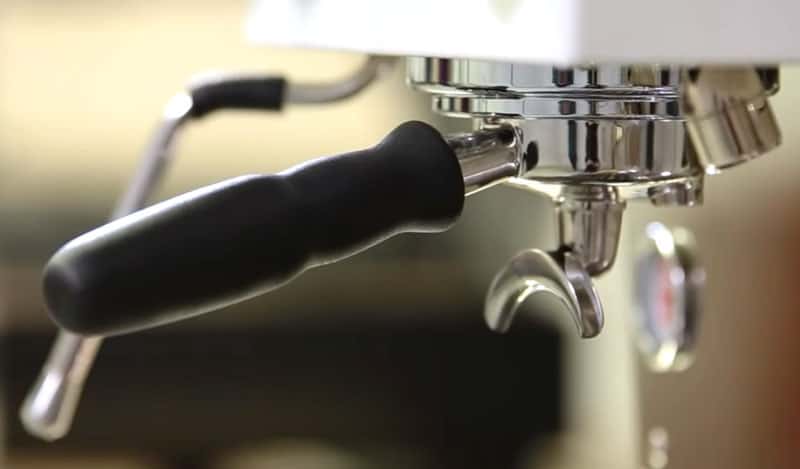
Meanwhile, the naked or bottom portafilter lets the espresso drop straight from the filter. It allows for better visibility during extraction and can help diagnose any issues with your coffee puck preparation.

Overall, the importance of both the group head and portafilter lies in the fact that it’s where most of the brewing happens and it’s where you incorporate your part in the brewing.
Steam Wand
Espresso machines use a so-called “steam wand” to steam milk and create that beautiful froth we all love in our lattes, cappuccinos, and other espresso-based beverages.
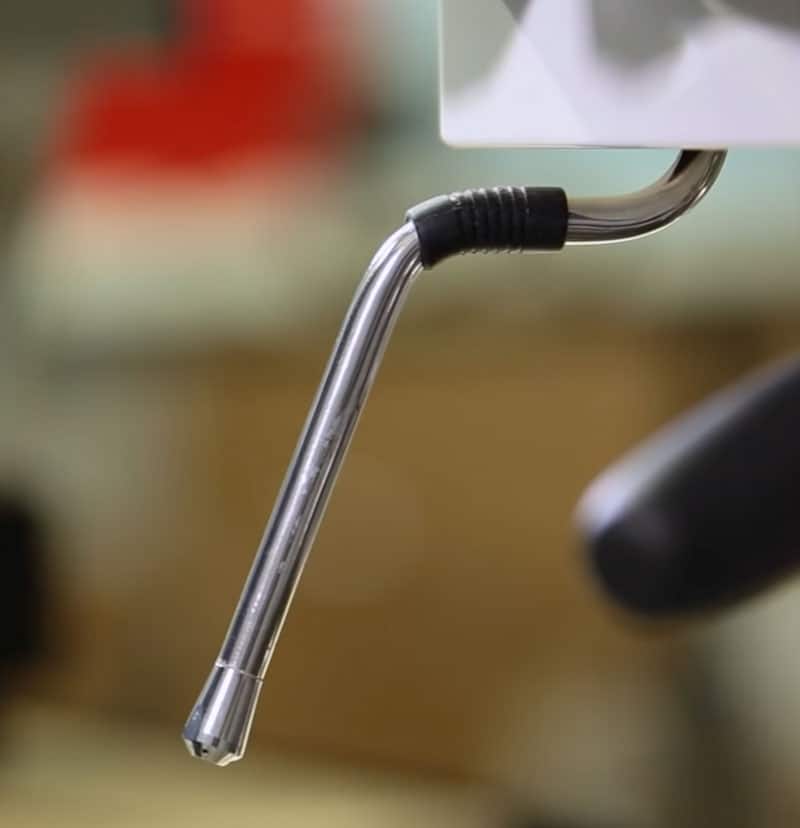
It works by using high-pressure steam from the machine’s boiler to heat and aerate the milk, creating microfoam – those tiny bubbles responsible for the rich, velvety texture of perfectly steamed milk.
So if you’re someone who likes to infuse milk into your coffee to create cafe-level drinks, then your espresso machine needs a steam wand, no doubt.
Types of Espresso Machines
I remember when I finally decided to level up my coffee game by purchasing my first espresso machine (upgrading from a Nespresso). It was quite a challenge, considering that there are different types to choose from and there was a lot to consider.
To make that choice easier for you, here are the different machine types and what you could expect from each one of them:
Manual Lever Espresso Machines
The manual espresso maker is not the first thing that comes to mind when an espresso machine is mentioned. These machines rely on your strength and skill to manually generate the pressure needed to force hot water through finely-ground coffee.
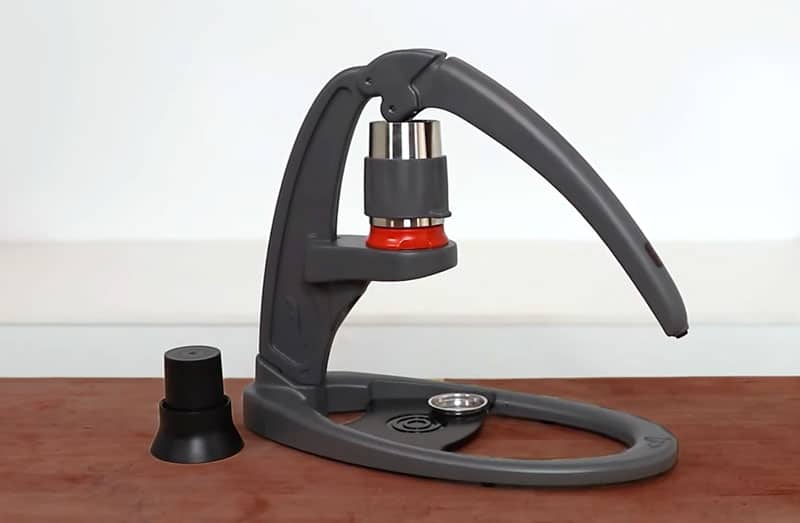
Operating a manual lever machine takes more practice and patience than its automatic counterparts.
Since there are fewer mechanical parts involved in these machines, they also tend to be more durable and long-lasting. However, this also means that achieving consistent results requires your attention to detail.
I don’t use mechanical espresso makers, but they are a great, budget-friendly option for making true espresso coffee.
Semi-Automatic Espresso Machines
As its name implies, a semi-automatic espresso machine works by automating some aspects of the brewing process while the other parts rely on your skills.
What can’t a semi-automatic machine do?
- With their built-in pumps and heating systems, semi-automatic espresso machines provide consistent water temperature and pressure for optimal extraction.
- Meanwhile, you control the extraction time.
This is more common on prosumer-level espresso machines like the Gaggia Classic Pro or Profitec machines, because it strikes the right balance between the machine’s precision and your own skill and taste as you customize certain components.
Fully Automatic Espresso Machines
Fully automatic espresso machines are pretty similar to semi-automatic ones, except it also cuts off your water flow through the machine’s built-in timer or volumetric water meter.
These are most common for:
- home espresso machines that benefit from the simpler operation, like the Breville/Sage line of espresso machines (which I use and recommend)
- large espresso machines at cafés, that benefit from automation.
While the lack of control over the flow of water seems like a drawback, it’s particularly helpful when you have other things to do and just want to get your coffee ASAP.
Super-Automatic Espresso Machines
These highly-advanced machines take espresso brewing to the peak of its convenience. At their core, they work similarly to other types of espresso machines, but with much more automation built in. It has even more features than an automatic espresso brewer:
- Built-in grinder
- Programmable settings
- Automatic tamping and brewing
- Self-cleaning mechanisms
- One-touch brewing
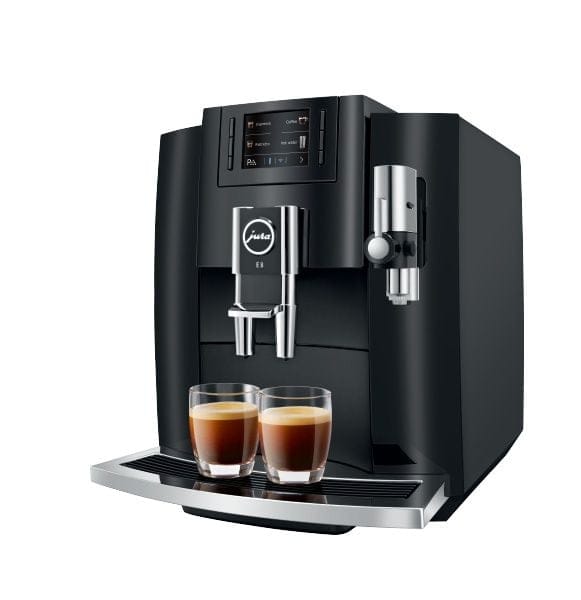
Super-automatic espresso machines have revolutionized how we brew espresso, providing consistency and convenience that most other methods simply cannot match.
If you’re seeking the right machine for you, here’s my list of the best fully automatic and super-automatic espresso machines and top built-in espresso machines in the market this 2024.
Summary
The quality of your espresso machine is just as important as your barista skills when it comes to making espresso. Now that you know the nitty-gritty details of the different espresso machines, you could make the decision of which one is perfect for your skill level and lifestyle.
It’s time to get your hands on one and start brewing some great espresso.

